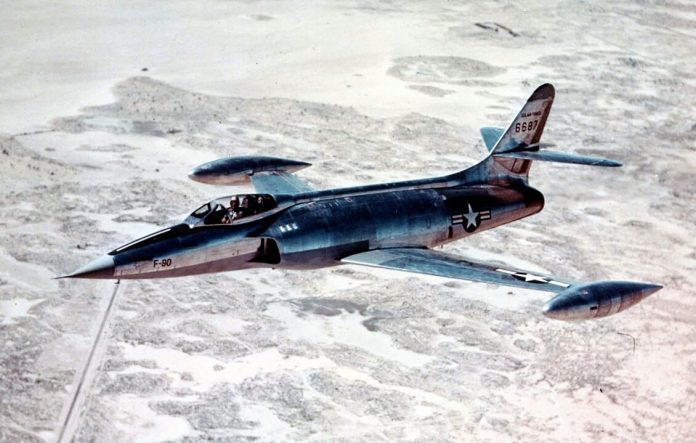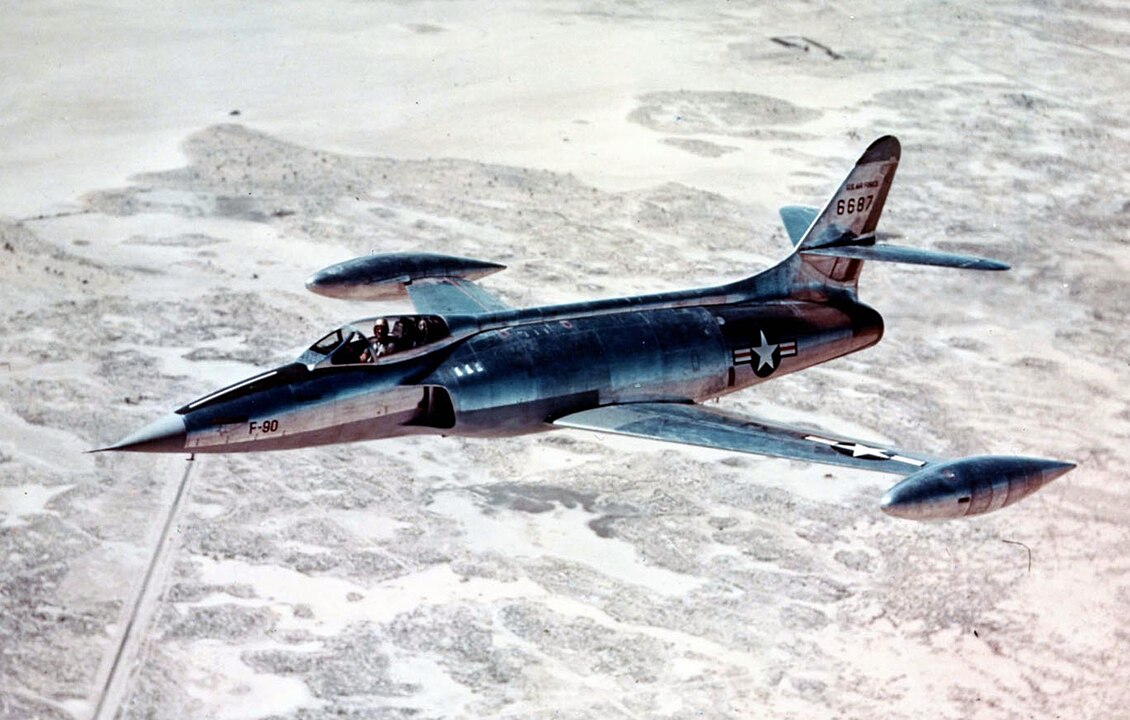
In 1945, as the U.S. Army Air Force recognized the need for a “penetrating escort” jet capable of accompanying strategic bombers deep into Soviet territory.
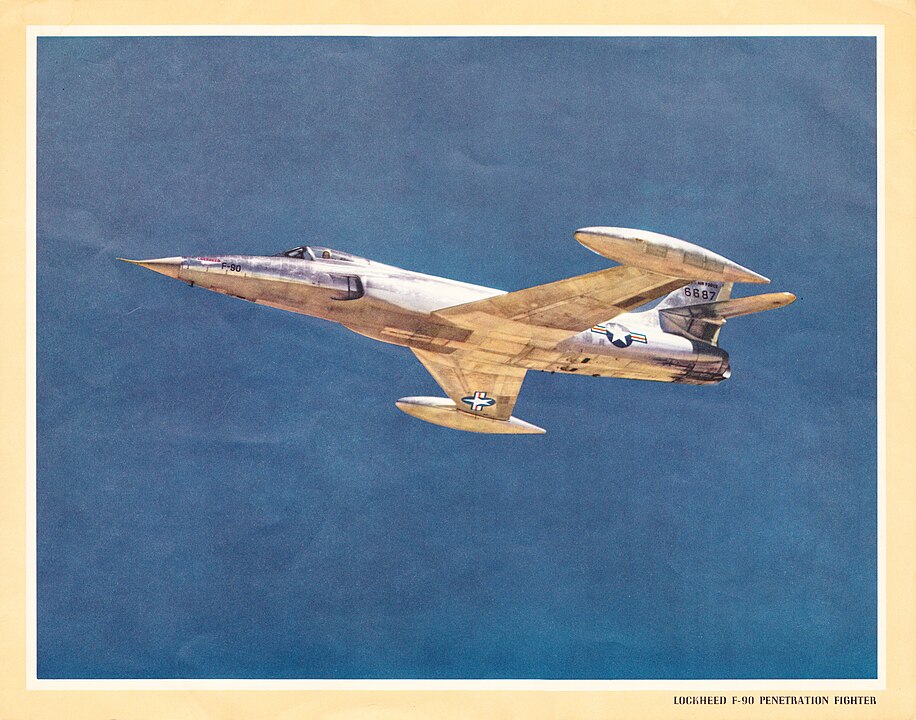
Kelly Johnson, chief designer at Lockheed’s Skunk Works, embarked on a challenging endeavor.
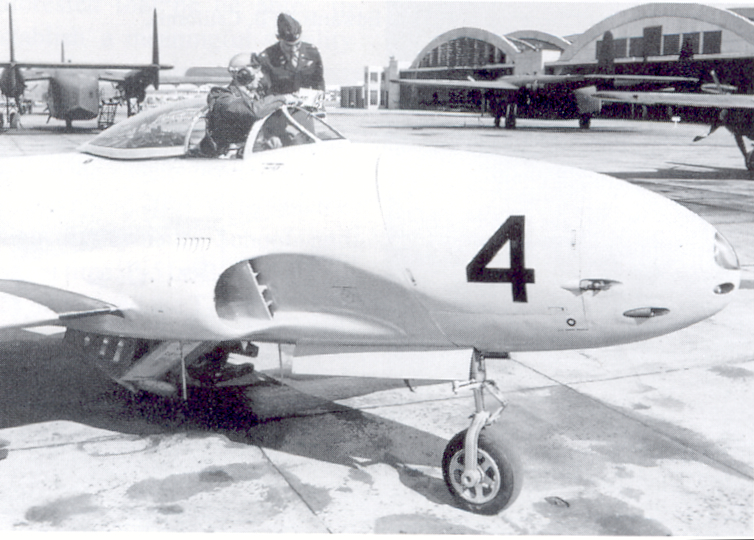
The F-80 Shooting Star, the Air Force’s first operational jet, had shown limitations in high-speed performance due to its straight-wing configuration, which Johnson sought to overcome with sixty-five different concepts before settling on swept-wings.
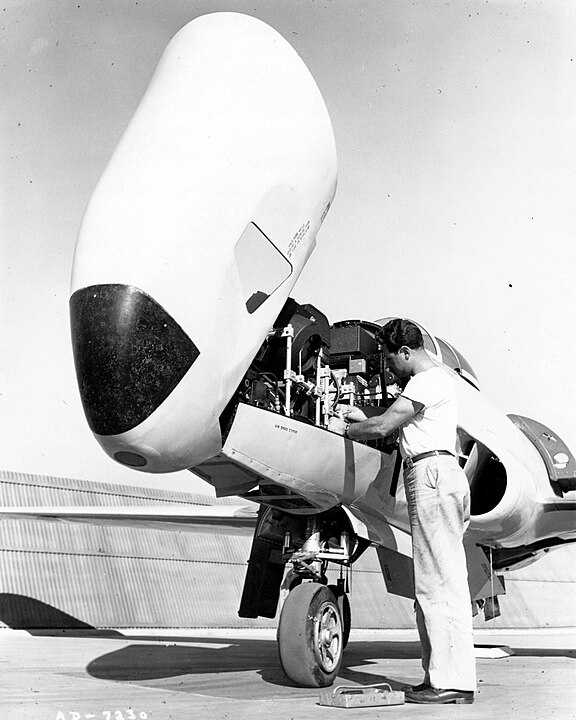
The resultant XF-90 bore a needle-nose profile, 35-degree swept wings, and a robust structure comprising high-strength 75T aluminum alloy, which could endure twelve times the force of gravity.
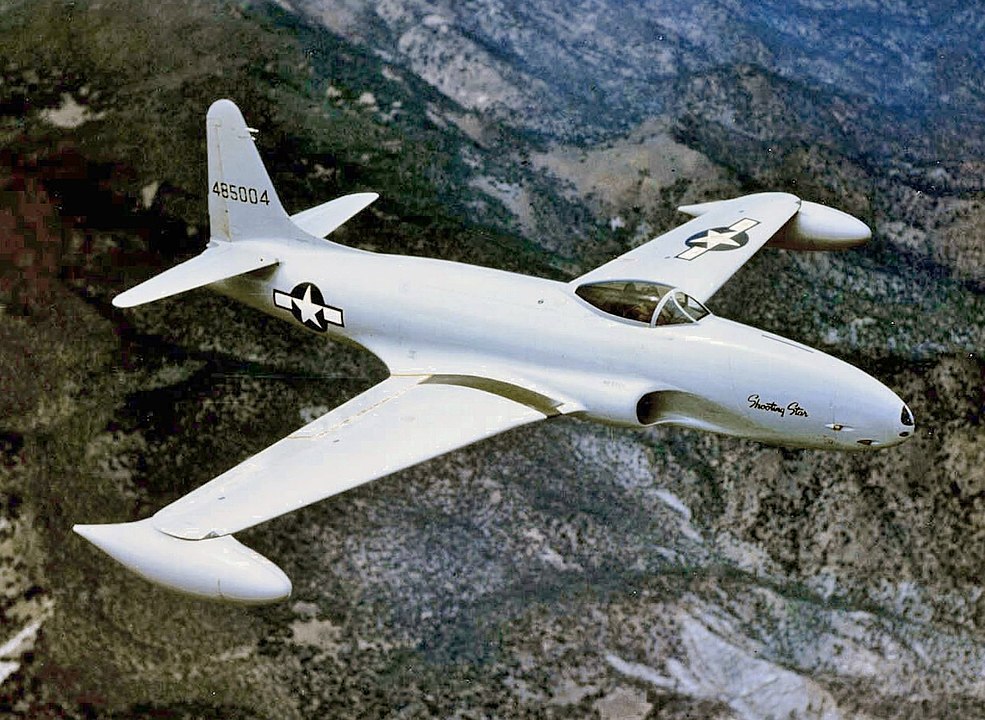
This made the XF-90 “as tough as a bridge girder,” weighing in at nine tons empty—comparable to a modern F-16 jet.
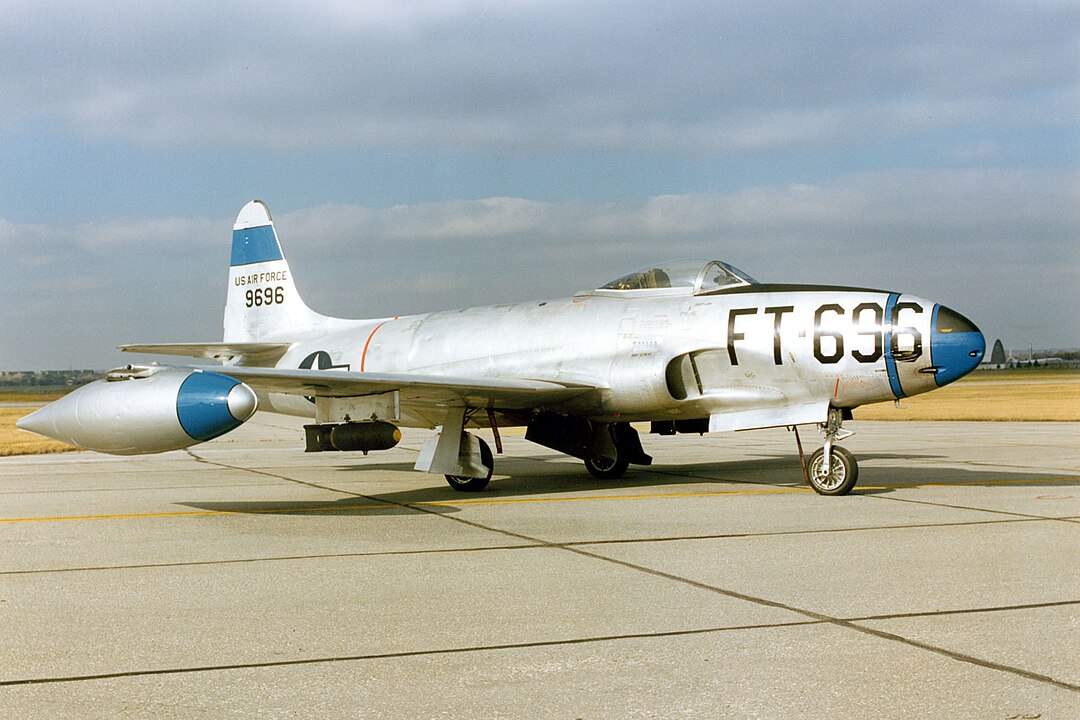
The aircraft featured wingtip fuel tanks for an extended range of 2,300 miles, an ejection seat, and Fowler flaps for improved lift with minimal drag.
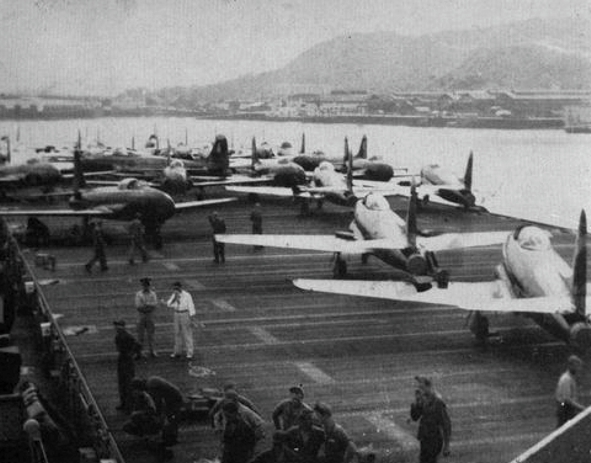
Two prototypes were built: XF-90 #46-687 and the XF-90A #46-688, the first U.S. fighter to be designed with the now-standard technology.
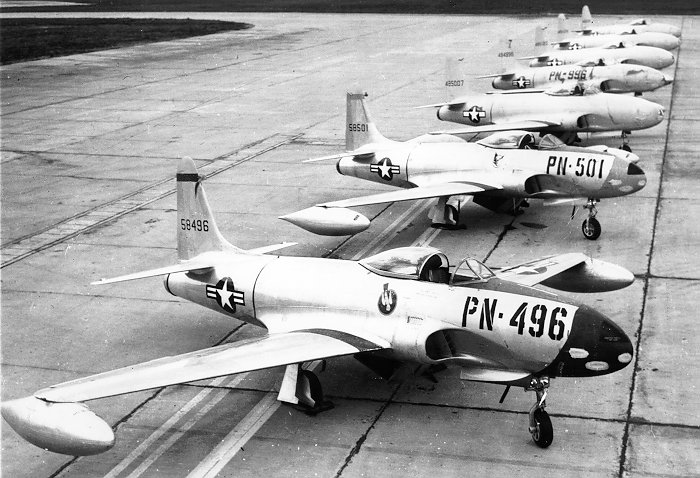
The XF-90A’s prowess, however, was not limited to its performance in the air.
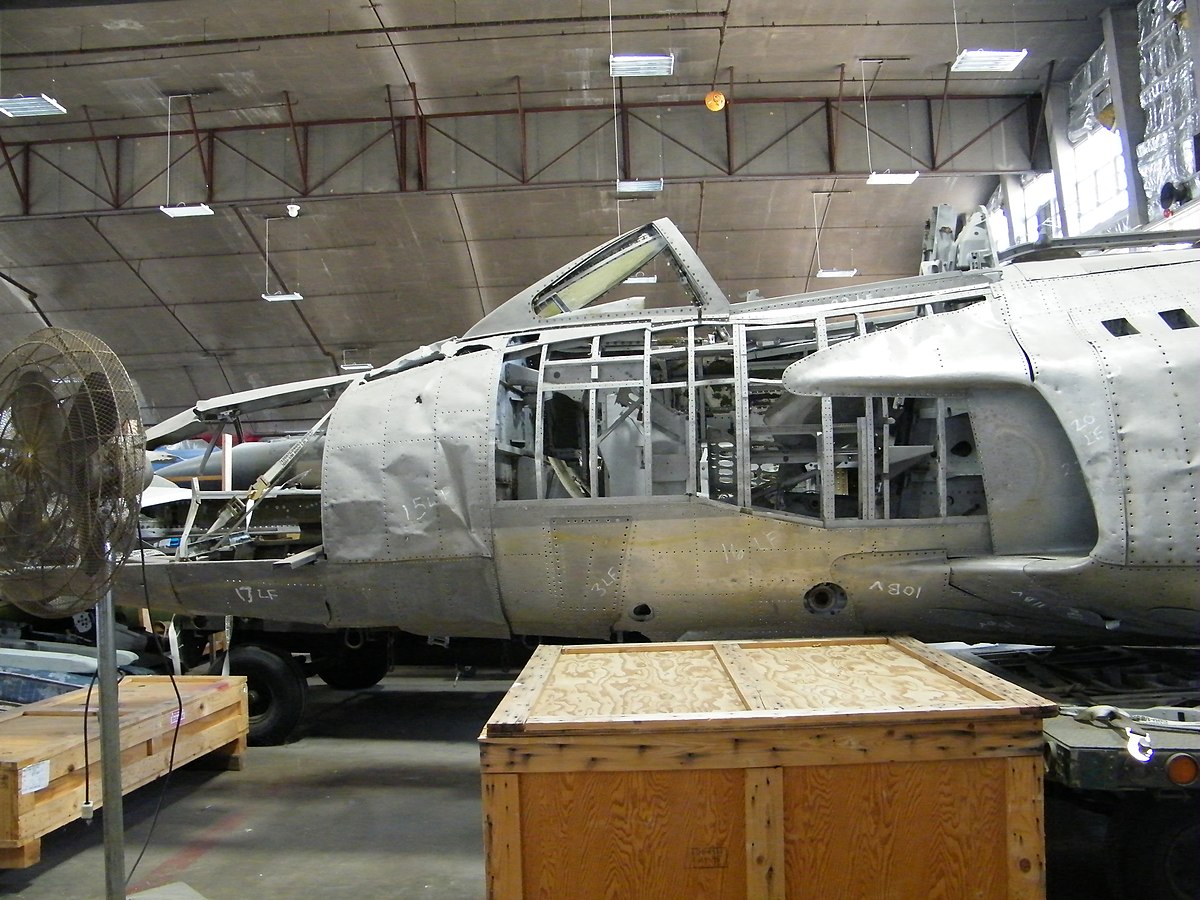
On April 15, 1952, at the Frenchman’s Flat testing range in Nevada, the XF-90A endured its first nuclear test when a B-50 bomber dropped a 1-kiloton Mark 4 nuclear bomb just a half-mile from the parked aircraft.
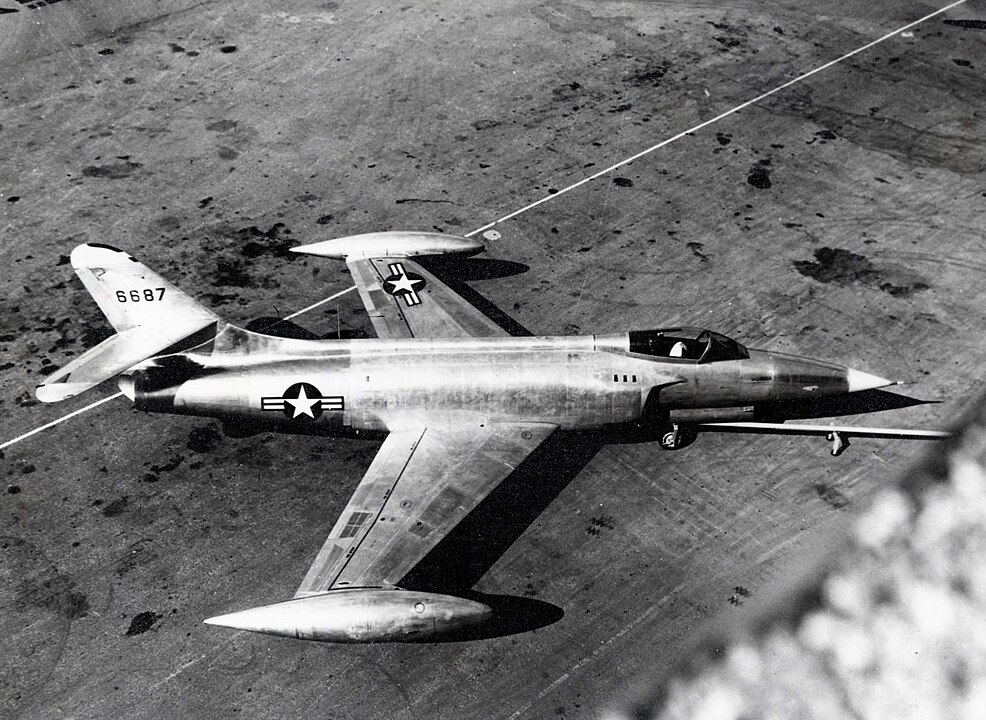
The jet emerged cracked but intact, needing 106 hours of repairs.
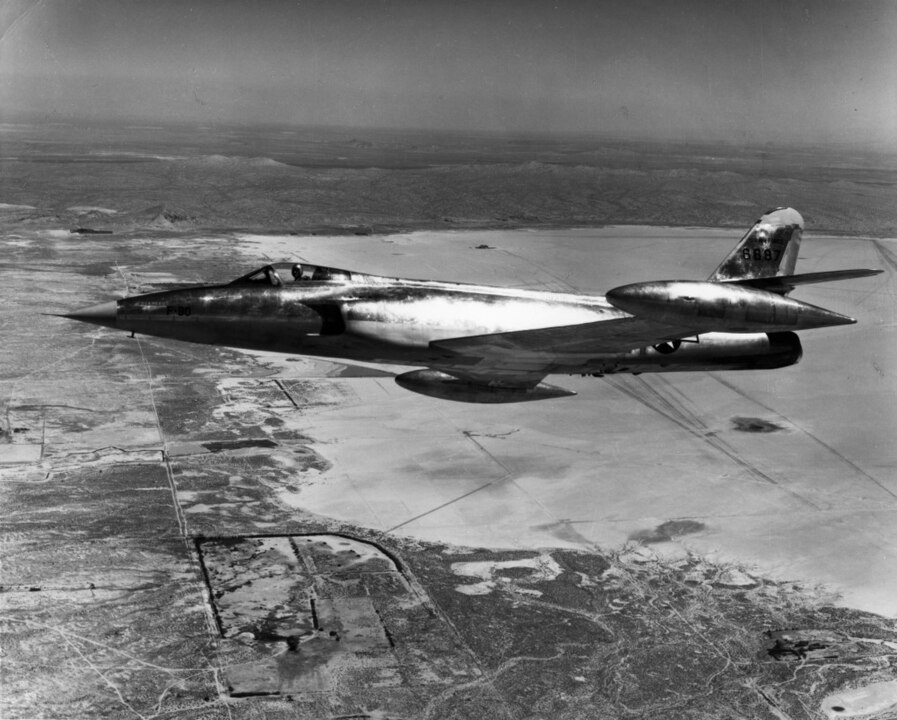
Finally, on May 1, a 19-kiloton bomb blasted the XF-90, which was this time rotated perpendicular to the shockwave.
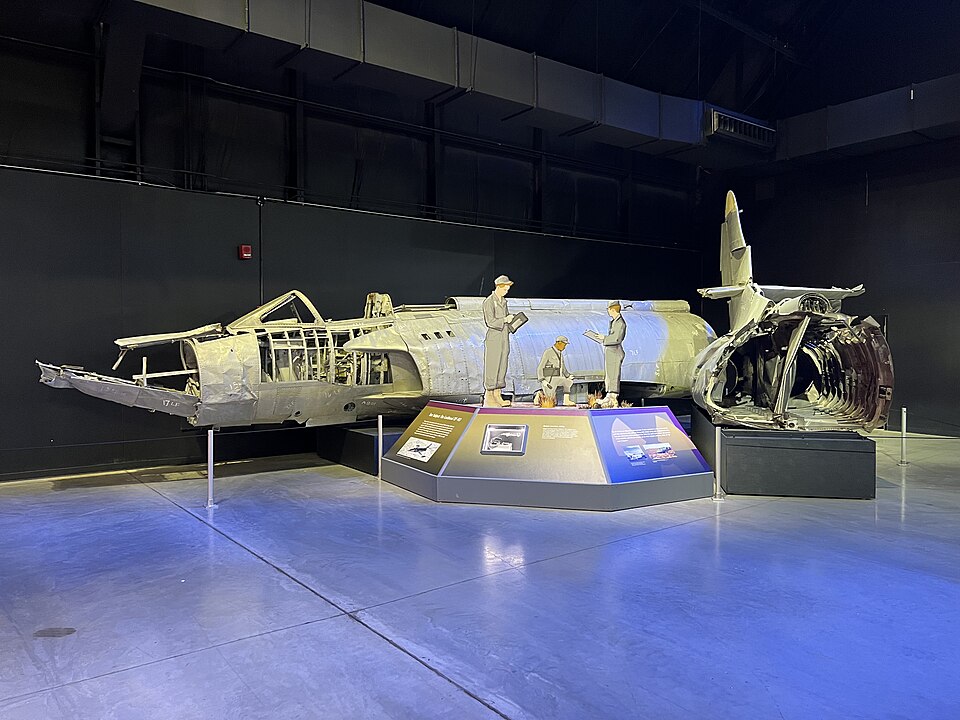
The detonation blasted off its tail and landing gear and seared and warped its wings.
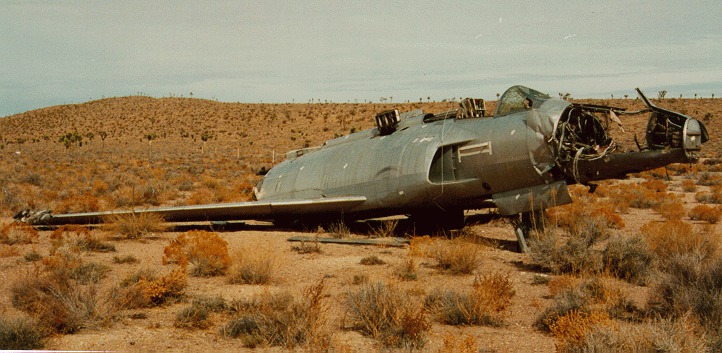
The contaminated hulk was then transferred to Nevada Area 11 as part of a training exercise.
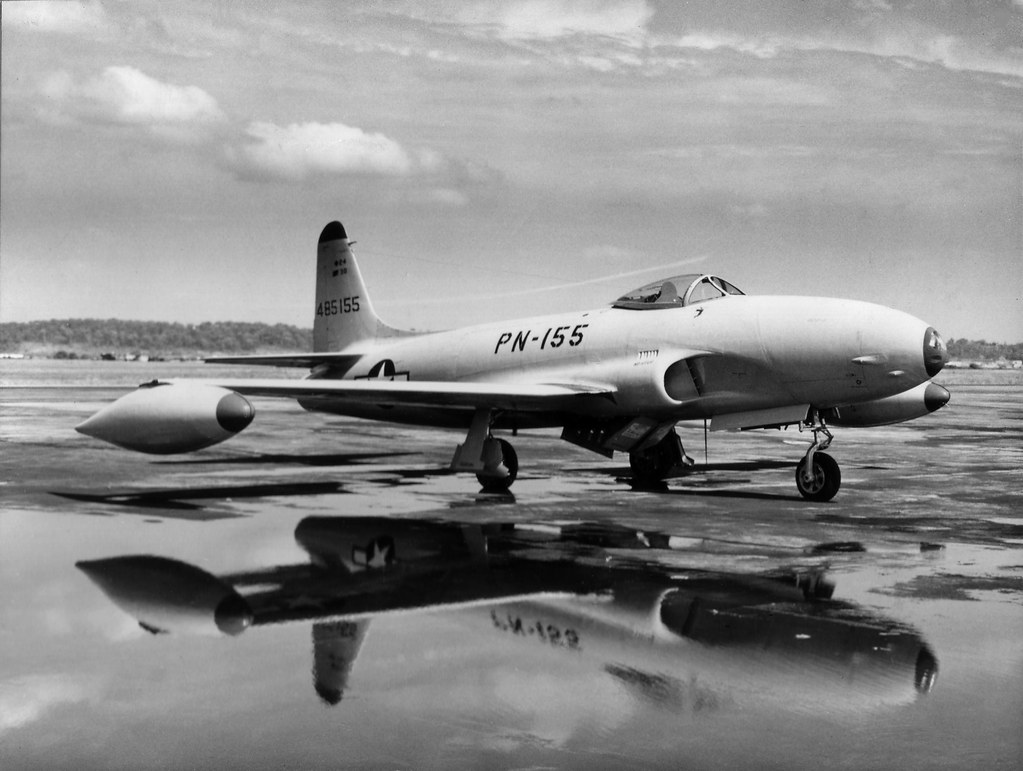
In 2001, the irradiated wreck was carefully disassembled, decontaminated, and transported to the U.S. Air Force Museum in Dayton, Ohio.
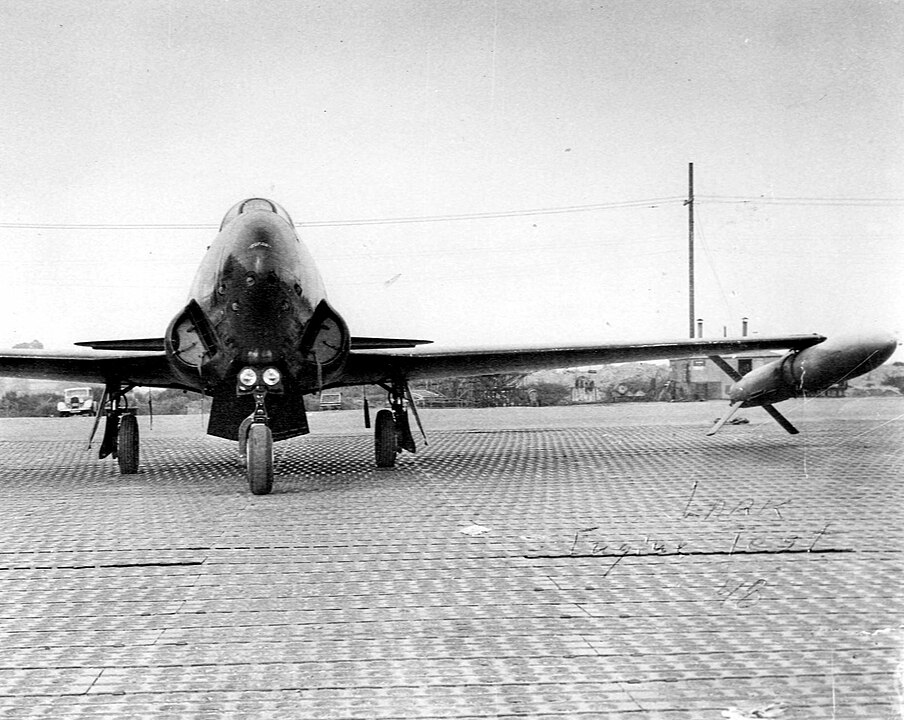
There, it was preserved in its nuke-blasted condition, serving as a stark reminder of its era.
